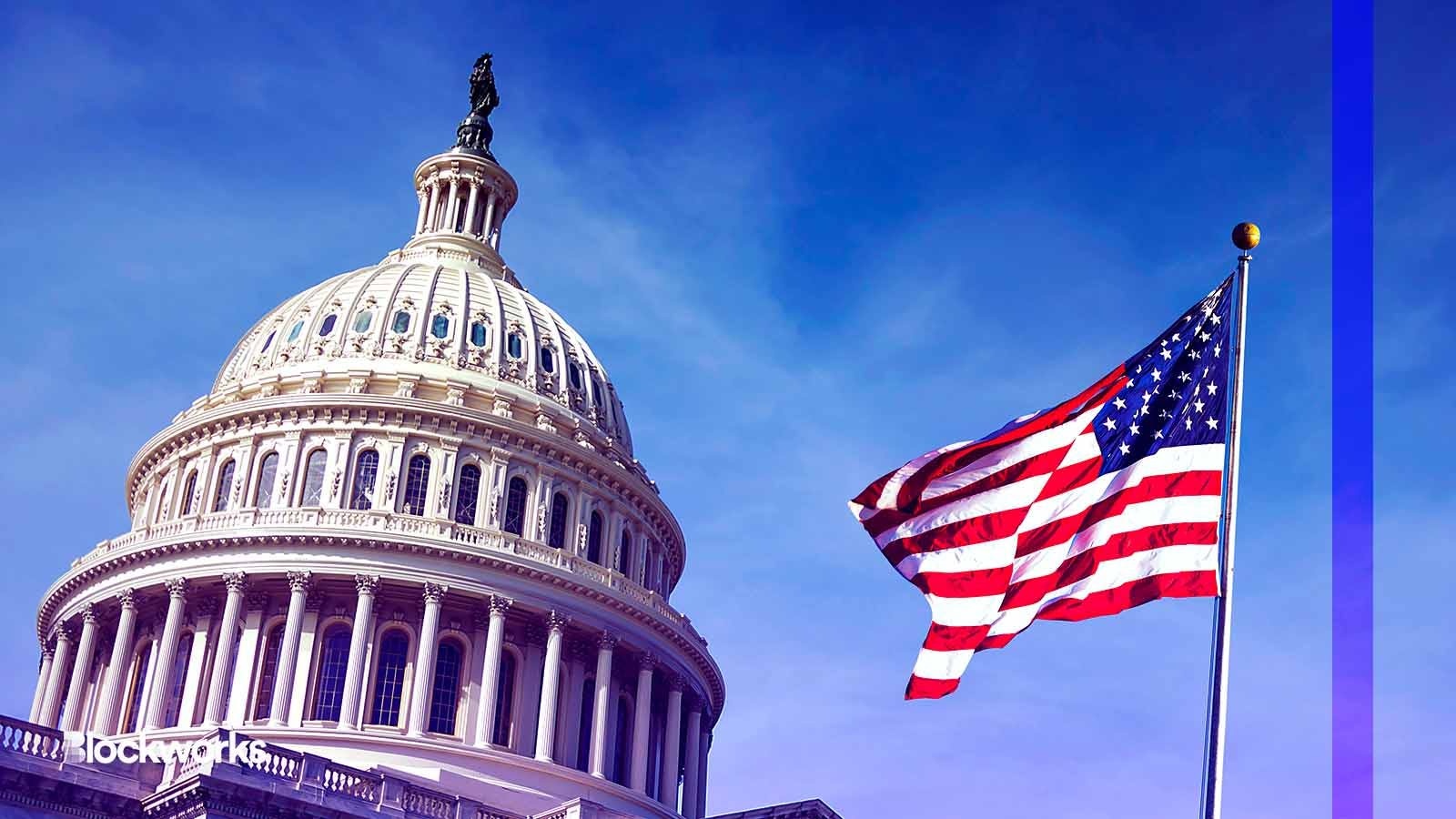The biggest crypto story of the week? The Digital Market Structure draft bill, of course!
The SEC continues its attempts to squeeze regulatory square pegs into legal round holes

rarrarorro/Shutterstock modified by Blockworks
It’s been a crazy week in crypto, with the biggest stories centering on… the House Republicans’ Digital Market Structure draft bill. Of course.
Sure, the SEC’s volley of furious attacks on Binance and Coinbase may have stolen most of the headlines, but those are just lawsuits — not actual law.
Real legal progress — whereby appropriate regulatory structure is built, within which digital asset markets can safely and successfully operate — is quietly being developed by lawmakers. In the meantime, the SEC busily toils away, attempting to squeeze regulatory square pegs into legal round holes.
On the Bell Curve podcast (Spotify / Apple), co-host Jason Yanowitz says that the ongoing attack on crypto’s centralized finance giants makes him think about current roles in the crypto industry and how they don’t quite line up with traditional finance.
Essentially, he says, three groups exist in the crypto market that parallel traditional market structure in some ways, but are confusingly mixed together or overlap in purpose and functionality.
In traditional markets, he explains, “You have the exchange, which brings together the buyers and the sellers.”
“Then you have the broker-dealers who represent the customer and bring the trades from the customer to the exchange. And then you have the clearinghouse, which settles the trades and sometimes is the custodian, as well.”
In crypto’s centralized finance world, there is no broker-dealer per se, Yanowitz says, because the user has assets directly held on platforms like Coinbase, for example. “Then the settlement is sometimes with Coinbase, but sometimes just on the L1, like on ETH.”
A healthy rotating of the guard
Vance Spencer, co-founder of Framework Ventures, says “a bunch of startups” that have recently been funded will “take advantage” of future legal changes in crypto market structure.
“There’s a lot of really interesting things that are being shipped right now,” Spencer says, that will “replace the Jane Streets and the Jumps of the world as they pull back.”
“It does feel like there is this healthy rotating of the guard, but also new technology stepping in to fill the market structure gaps.”
Spencer suggests that as market structure legislation changes to suit the unique characteristics of crypto, it makes “very interesting new firms” and even crypto ETFs possible.
Co-founder of Framework Ventures Michael Anderson adds, “in the eyes of what has been happening” in the legislative realm, “the biggest thing that happened this week was the market structure proposal.”
The ‘TLDR’ of the draft bill, Anderson says, is that it provides a “black and white playbook” for stablecoin operations, token project registration and legal steps for a token to transition from a security to a “sufficiently decentralized commodity.”
“That market structure will fundamentally change the way that DeFi interacts,” Anderson says. “If you’re an insider, like a founder or an investor in a protocol, versus a user,” he says, “you’re gonna have different designation of the tokens for the first 12 months.”
“You’re not gonna be able to sell them if you’re an insider. You’ll have to disclose all of the holdings. It’ll eventually transition to something that’s sufficiently decentralized.”
“The market structure is going to get a lot more complicated as regulation starts to come to the forefront,” he says.
Anderson expects things to “look and feel” very similar to end users. But the venues of “where things trade when” will change fundamentally.
“There’s a lot of movement in a very positive direction.”
Get the news in your inbox. Explore Blockworks newsletters:
- The Breakdown: Decoding crypto and the markets. Daily.
- 0xResearch: Alpha in your inbox. Think like an analyst.






